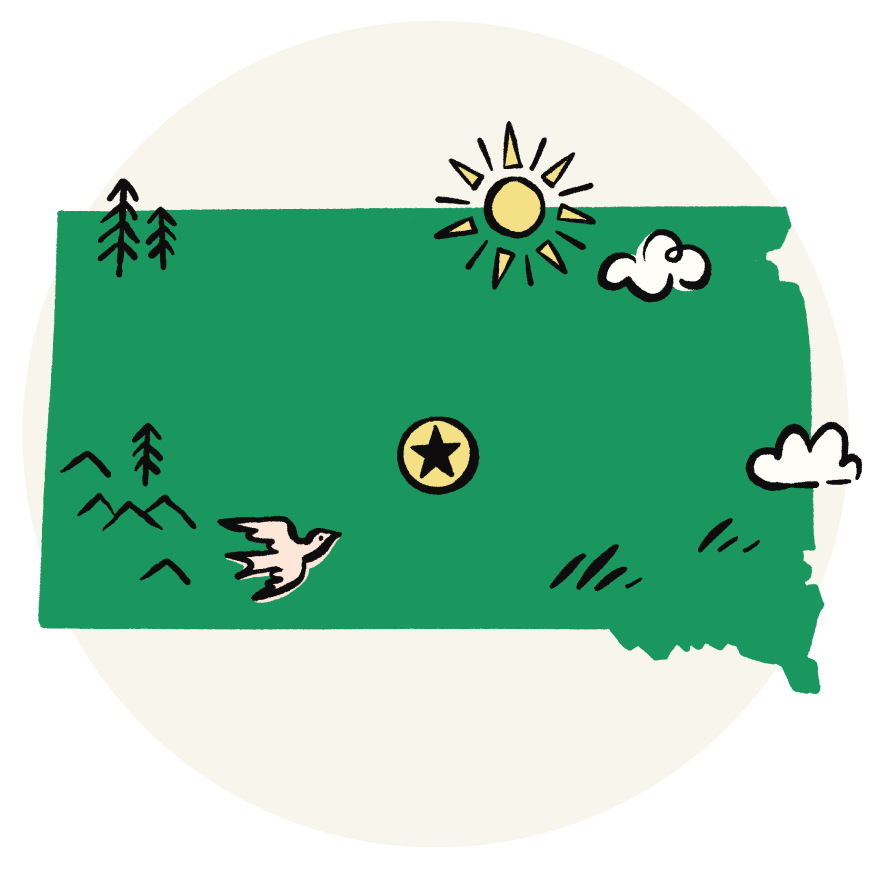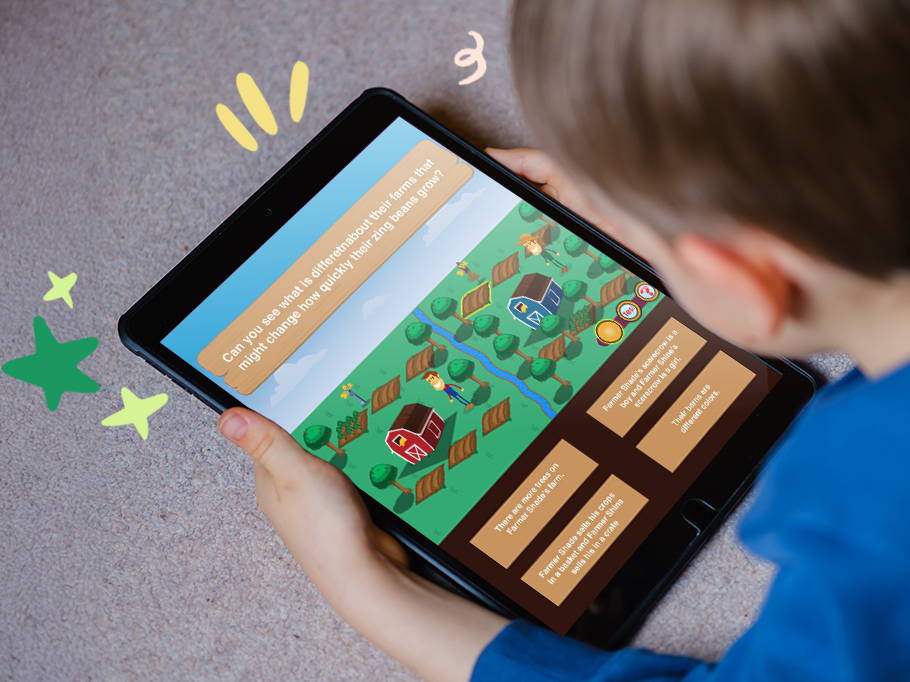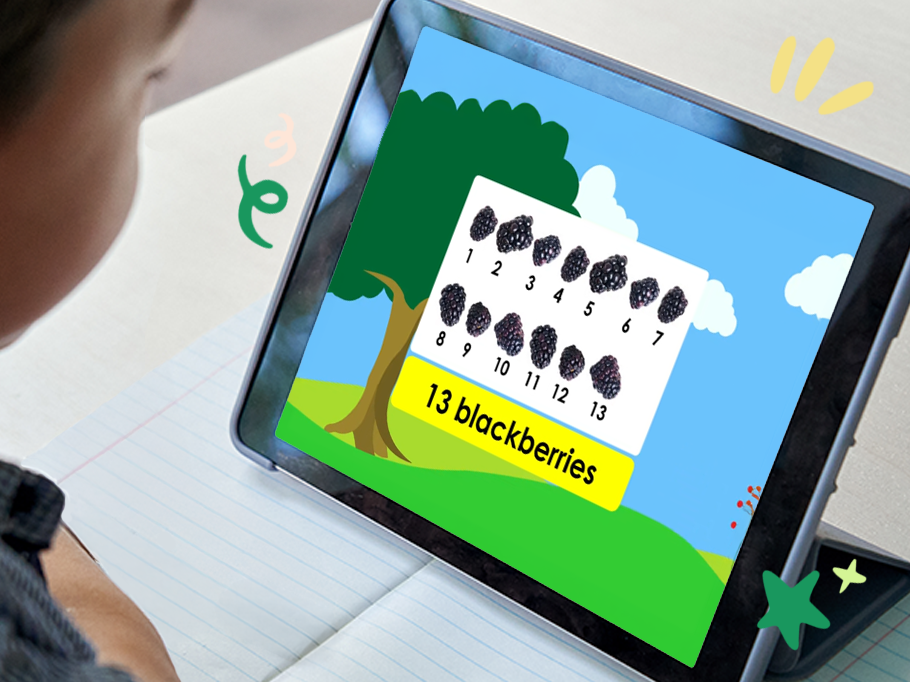How to homeschool in South Dakota


South Dakota homeschooling laws and options
We have done our best to ensure the accuracy of this information, however it should not be interpreted as legal advice. It is your responsibility to interpret and understand the laws that you will be homeschooling under.
How to homeschool with Time4Learning in South Dakota
Time4Learning is an excellent resource that makes homeschooling easier for parents. Our comprehensive, interactive curriculum can help you meet South Dakota's homeschooling requirements while keeping your children engaged. Here’s how to get started.
FPO lifestyle image



South Dakota’s high school graduation and diploma requirements

Standardized test requirements for South Dakota homeschoolers

Applying to college as a homeschooler in South Dakota


















